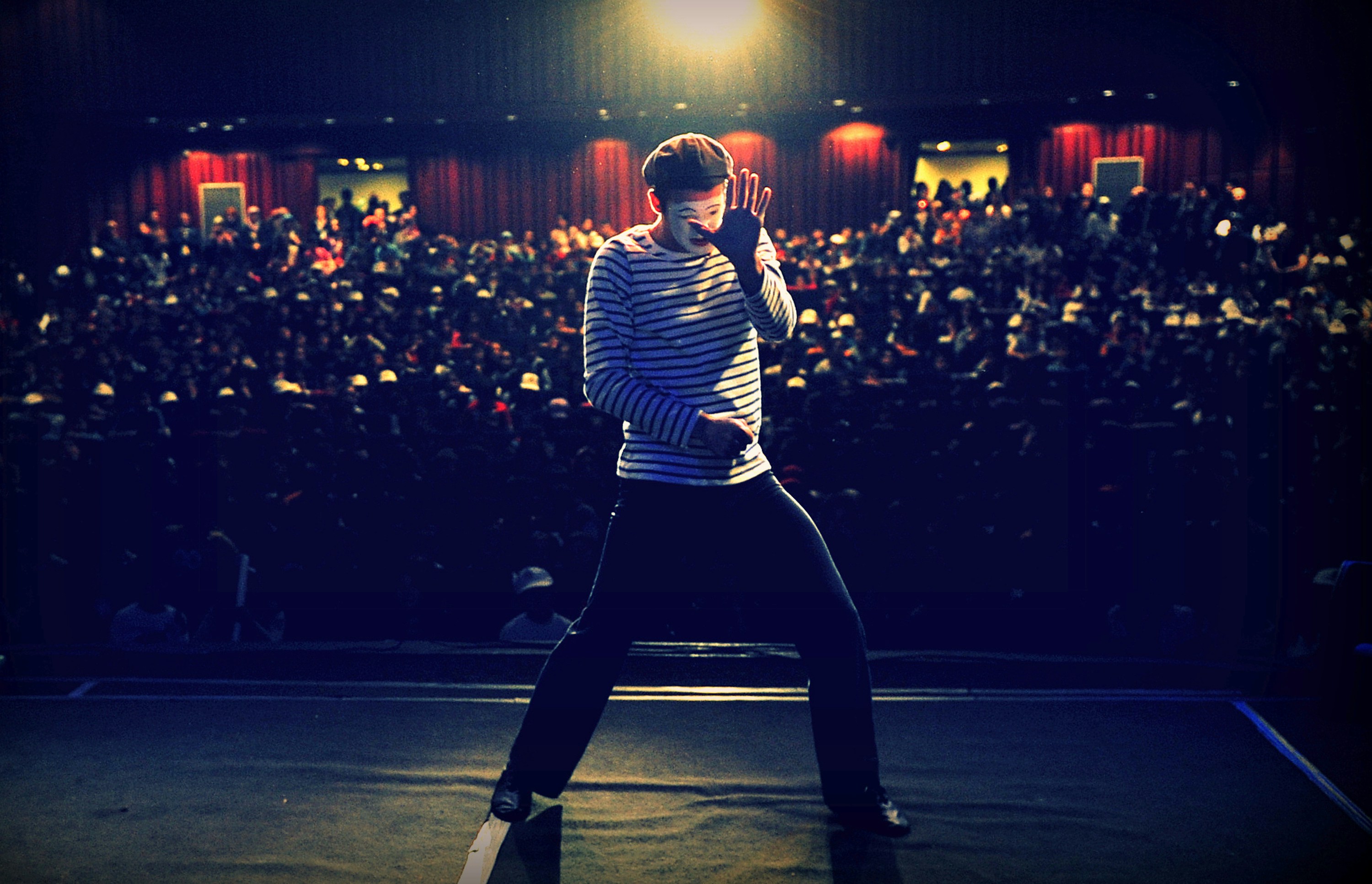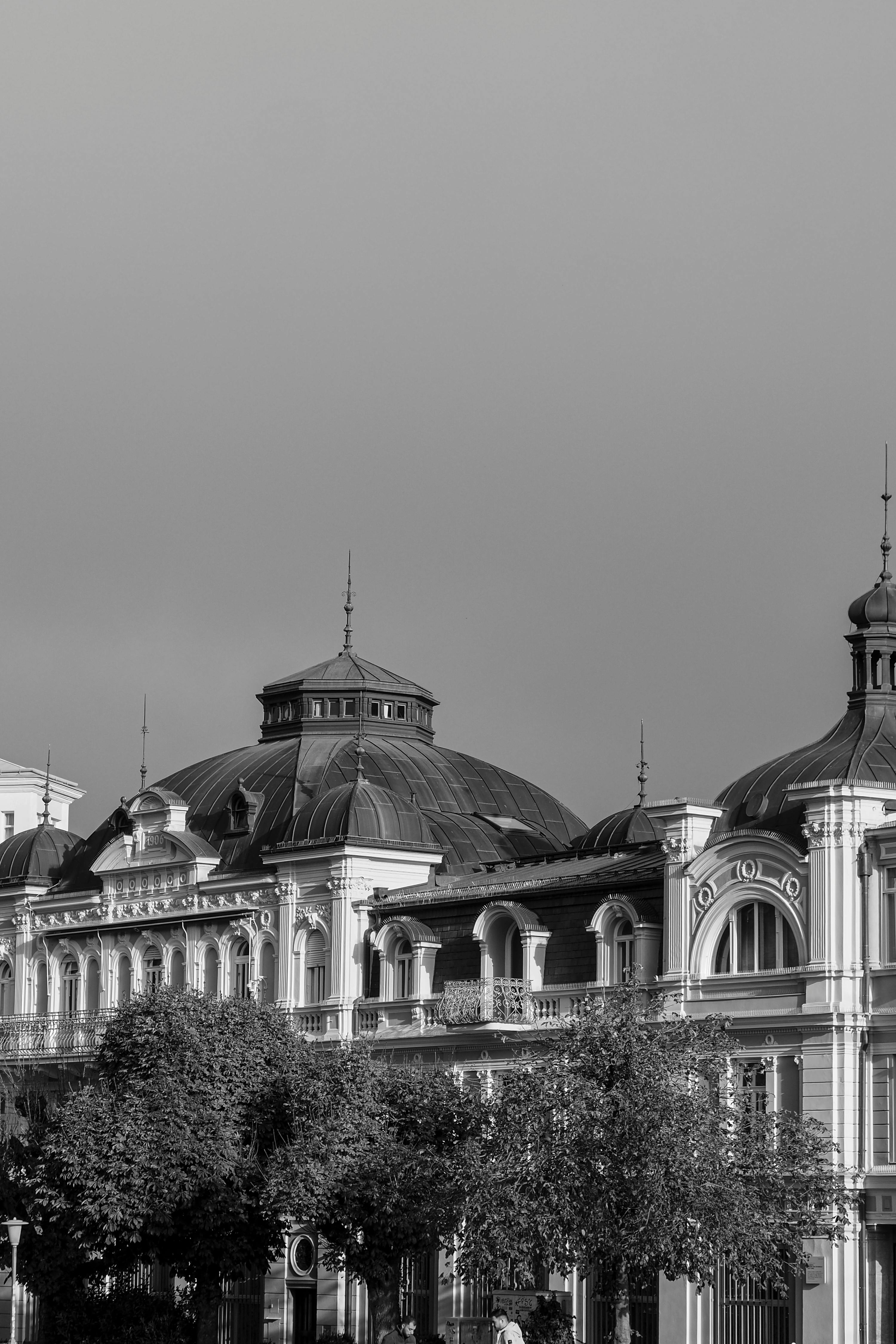Digital Renaissance: The New Wave of Virtual Reality in Art
In the ever-evolving world of art and entertainment, a new frontier has emerged, captivating audiences and artists alike. Virtual Reality (VR) is no longer a concept confined to the realms of science fiction. It has become a tangible, transformative force in the art world, offering immersive experiences that challenge traditional boundaries and redefine artistic expression.

The Dawn of Virtual Reality in Art
The journey of Virtual Reality in the art world began in the late 20th century. Pioneers like Myron Krueger and Char Davies began experimenting with VR as a medium for artistic expression, creating immersive environments that allowed users to interact with digital art in unprecedented ways. This marked the beginning of a new era, where technology and art would intertwine to create immersive, interactive experiences that transcended the limitations of traditional art forms.
The Current Landscape of VR Art
Fast forward to the present day, and VR has become a significant player in the art world. Major museums and galleries worldwide are incorporating VR installations into their exhibits, allowing visitors to step into the artwork and experience it from a completely new perspective. Artists are using VR to create immersive, interactive pieces that challenge the viewer’s perception and evoke a deeper emotional response.
The Impact and Significance of VR in Art
The impact of VR on the art world is profound. It has opened up new avenues for artistic expression, allowing artists to create immersive, interactive experiences that challenge traditional boundaries. The immersive nature of VR art engages the viewer on a deeper level, evoking a stronger emotional response and creating a more personal connection with the artwork.
Moreover, VR has democratized the art world to an extent. With VR technology becoming more accessible, anyone with a VR headset can experience world-class art installations from the comfort of their own home. This has the potential to make art more accessible to a broader audience, breaking down barriers and democratizing the art world.
The Future of VR in Art
As VR technology continues to evolve, so too will its application in the art world. Artists are continually pushing the boundaries of what is possible with VR, creating increasingly complex and immersive experiences. As VR becomes more mainstream, we can expect to see it become a staple in museums and galleries worldwide.
In conclusion, the advent of VR in the art world represents a significant shift in how we experience and interact with art. It offers a new dimension of immersion and interactivity, challenging traditional boundaries and redefining what is possible in the realm of artistic expression. As we look to the future, it is clear that VR will continue to play a pivotal role in the evolution of the art world, shaping the way we create, experience, and engage with art.





